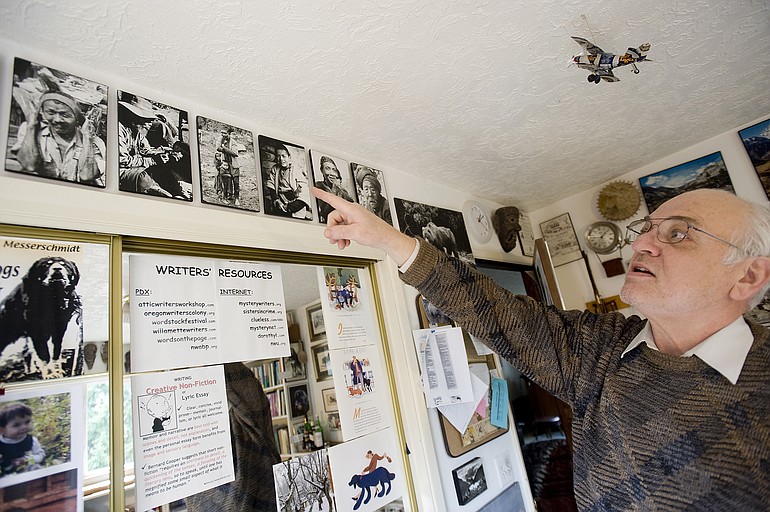Former Peace Corps volunteer Don Messerschmidt recently joked that he went to Nepal in 1963, and “I finally came home a month ago.”
No, Peace Corps assignments are not lifetime commitments. But for some local participants, the links established during their two-year stint remain strong long after they’ve returned home.
And with the program now observing its 50th anniversary, returned volunteers say the Peace Corps still is as relevant as it was when they went overseas.
For Mike Waite and his wife, that was Liberia in the 1970s.
For Jackie Spurlock and her husband, it was Iran in the 1970s.
For Gary Burniske, it was Central America in the 1970s.
For Kara Lynn Rankin, it was Brazil in the 1960s.
And for 75-year-old Richard Rystrom, it was Ukraine in 2007.
Messerschmidt was in just the second team assigned to Nepal.
o Who: Mike Waite.
o What: A discussion about Waite’s Peace Corps experiences in Liberia, as well as his continuing involvement in the African nation.




